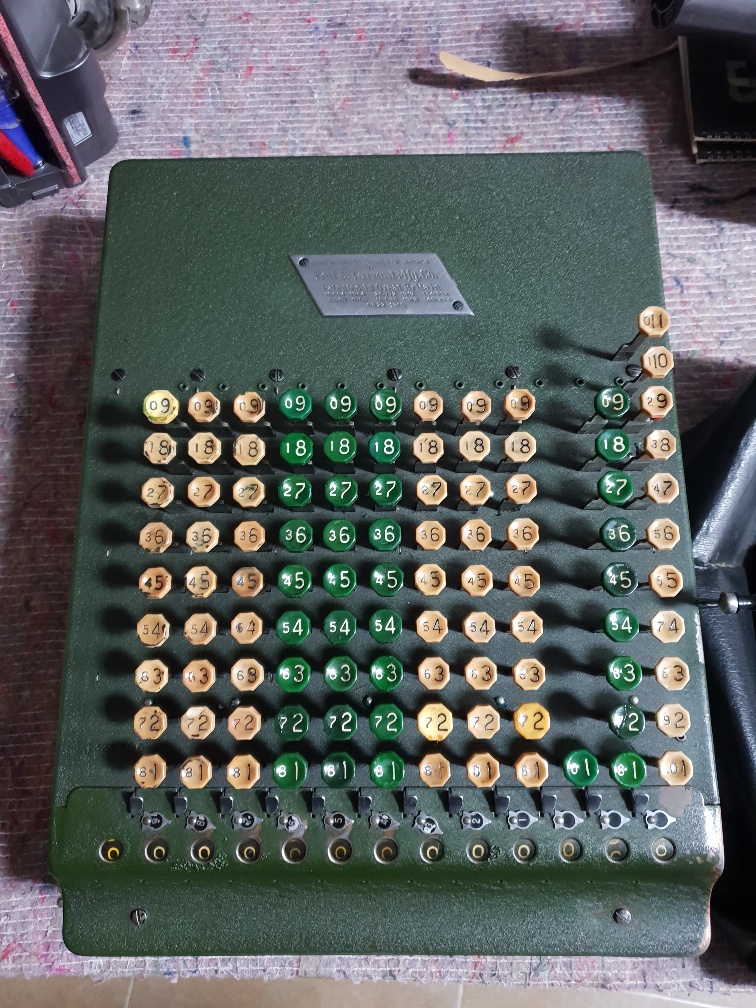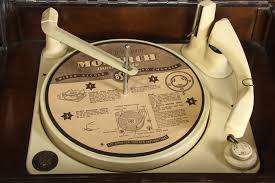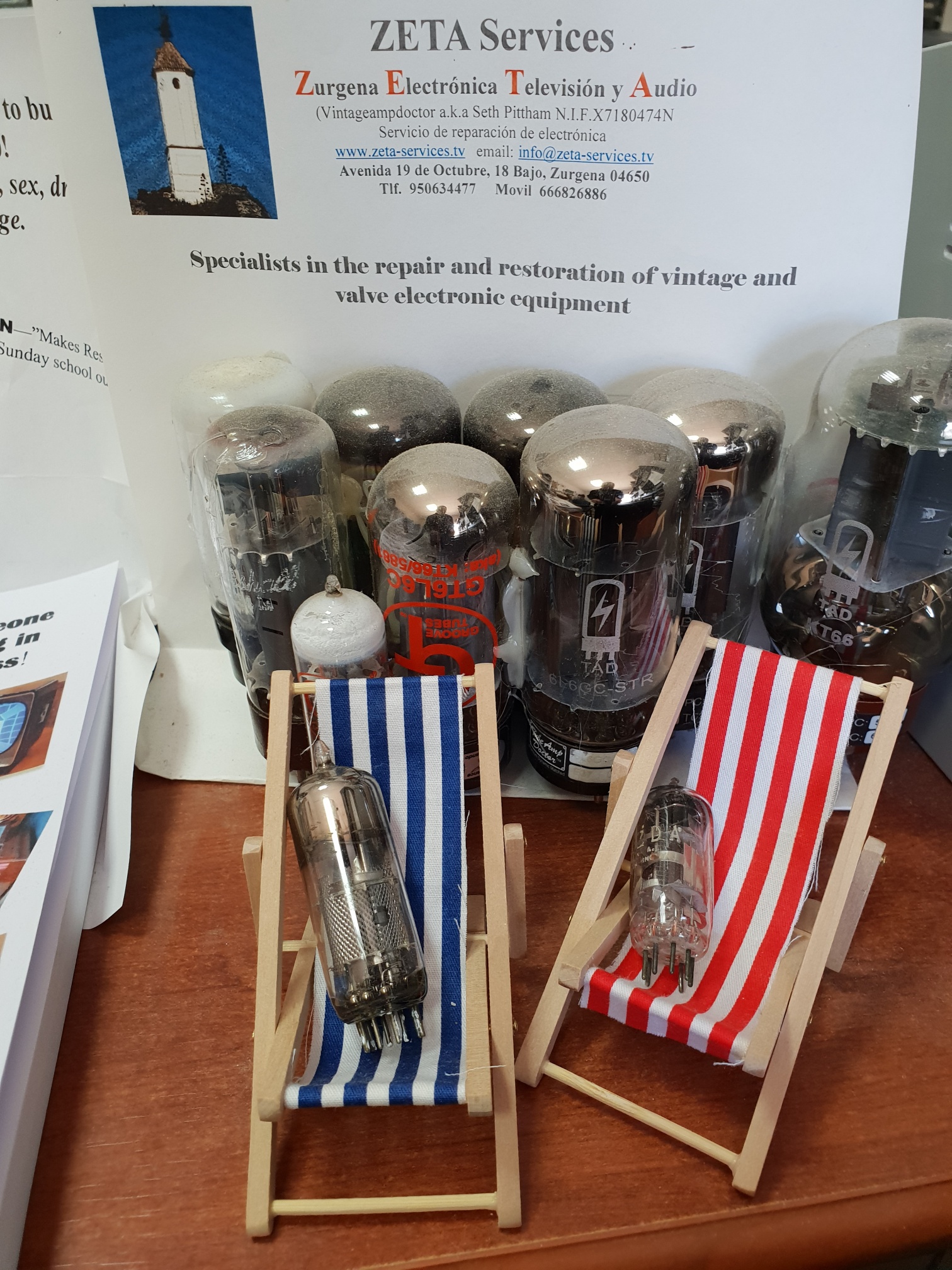
The company that gave us more than just the Public Address system!
I’ve written about various engineers who have left their mark on the electronics industry. So, here’s another one that shouldn’t be forgotten – Guy Fountain.
Now this chap started a company, around the late ‘20s called Tannoy. That word would become a colloquialism for public address systems, “Can Hugh Jampton please come to reception”. Bit like calling a pen a Biro and vacuum cleaner a Hoover.
The original name was Tulsemere manufacturing company. Fountain designed a new type of rectifier (converting AC mains to direct current), to enable households to charge the big lead-acid batteries used in their radios. The device used dissimilar metals, Tantalum and an alloy of lead. It was a massive success and he set up the company Tannoy in 1932, an abbreviation of the metals used.
In the ’30s, development on loudspeakers was moving fast. Tannoy was producing speakers that could handle a considerable amount of power for the day. A range of microphones had also been developed which were ruggedised, with special audio characteristics. These were used by the Army and Navy etc. The distinctive Tannoy logo was always seen on speakers installed around all around Butlins, Pontins holiday camps. The company also made all the clever audio switching equipment and valve amplifiers. The components used were always “top end”. The systems were very reliable. I remember, in ‘79 just missing a chance to buy all the old gear from the Orchid ballroom in Purley way, Croydon. It had done 25 years service and was going strong.
In the ‘40s, Chief engineer Ron Rackham, very bright chap, saw that there was a growing interest amongst home enthusiasts, requiring better high fidelity sound equipment. He wanted to get away from the usual speaker cabinet with a bass unit and a separate higher frequency diver (tweeter), mounted elsewhere in the box. His thinking was that if the sound was originally recorded from one location, it should be reproduced from one point. He set about designing a speaker whose Tweeter was part of the centre assembly of the bass unit. His dream of the full spectrum of sound, bass to treble coming from the same position was realised. Tannoy called this arrangement “Dual Concentric Cone”, as the voice coils and cones of both bass and tweeter fitted concentrically together. The speaker, named “Monitor Black”, big 15” diameter, was launched at the 1947 London Radio Show and was very well received. The basic design has gone through changes, Monitor Red, Gold, and latterly Gold Reference. These 50 year old speakers, if looked after, still sound fantastic and don’t need huge amounts of power. In those days valve amplifiers produced 10-30 watts a channel. One of these speakers will fetch many hundreds of pounds today.
Tannoy still dominate the high-end of the HiFi market and the speakers are generally first choice when it comes to professional high quality sound systems. London Palladium, Sydney Oprah House to name but a few, all the way down to the home enthusiast wanting to create as faithful music reproduction as possible. Recently, an interesting award winning system called Qflex was announced. This uses their speakers driven in a special way as to “steer” the sound to specific areas, being used in stadia and music venues.
Guy Fountain retired from the business in ’74. The company still has a research and development centre at it’s HQ just outside Glasgow. The company is now owned by the TC group of Swedish companies. This group of companies specialise in various avenues of audio recording, processing and reproduction. They all pool their resources enabling the design of quality equipment aimed at home use all the way up to massive venues and military applications. Tannoy is an important part of that group.
Next time you hear an airport announcement, it might be over a Tannoy!








